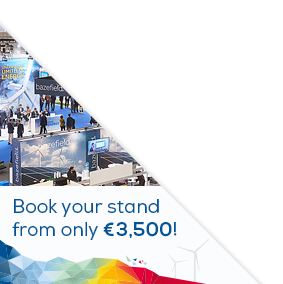Posters
Siblings:
ProceedingsProgrammeProceedingsSpeakersPostersContent PartnersElectrification StageMarkets TheatreR&I ActivitiesStudent DayProgramme Committee & abstracts reviewersPresenters dashboardCome meet the poster presenters to ask them questions and discuss their work
We would like to invite you to come and see the posters at our upcoming conference. The posters will showcase a diverse range of research topics and provide an opportunity for delegates to engage with the authors and learn more about their work. Whether you are a seasoned researcher or simply curious about the latest developments in your field, we believe that the posters will offer something of interest to everyone. So please, join us at the conference and take advantage of this opportunity to learn and engage with your peers in the academic community. We look forward to seeing you there!

PO223: High Voltage Wet Design XLPE cables
Magnus Bengtsson, R&D Project Manager HVAC, Nexans
Abstract
The objective of the work is to qualify high voltage power cables of wet design i.e. a design allowing water vapour into the crosslinked polyethylene (XLPE) insulation system. Today medium voltage power cables (up to and including 36 kV) are usually of a wet design while a radial metallic water barrier is used for higher voltages operated at higher electrical stresses. There is a need in the offshore wind and in other renewable segments for cost effective and reliable static and dynamic high voltage power cables. The paper will be to present results from wet ageing testing of cables including factory joints with both copper and Aluminium conductor for operation at Um = 72.5 kV. The study will also include the effect of wet ageing at different frequency of 50 Hz or 500 Hz. Water tree analysis of the XLPE insulation after ageing will also be included in the results. In addition, results from simulation of water diffusion in the different cable designs (24 kV and 52 kV) will be included to show the importance of correct conditioning time before wet ageing with voltage is started.







